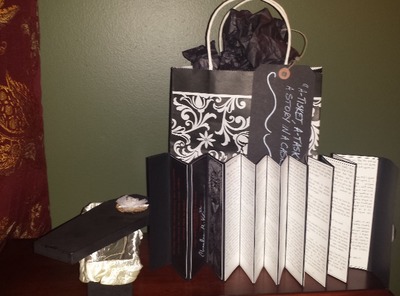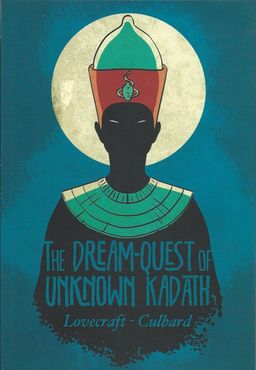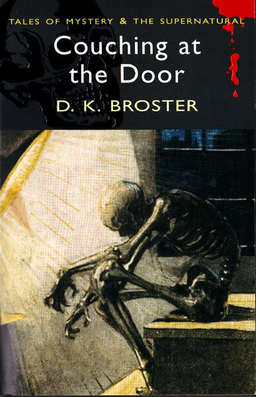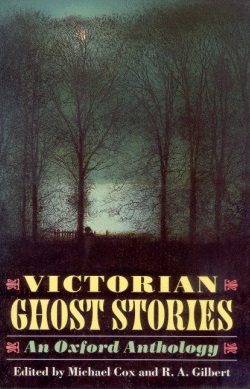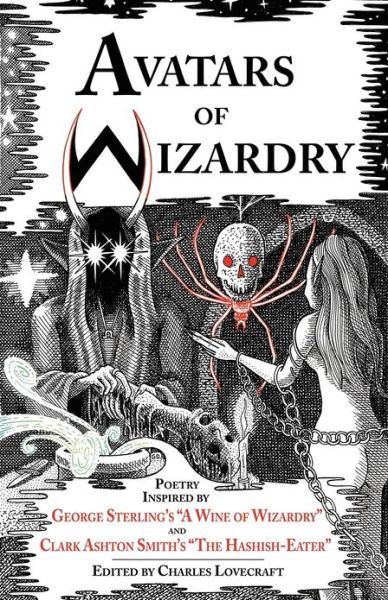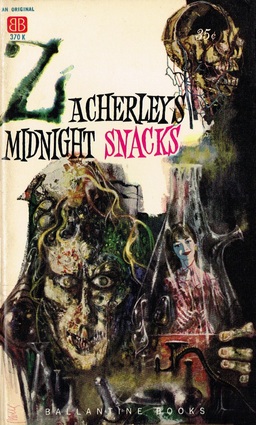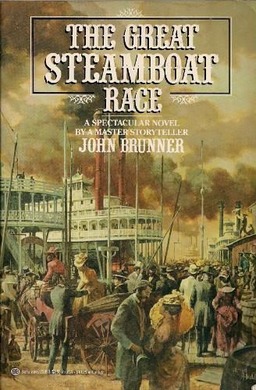What’s Your Motive?
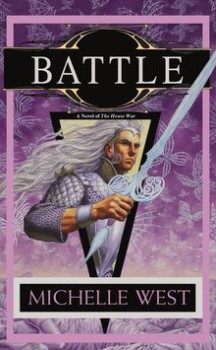 I been known, when on my way to my writing desk, to stop to do the dishes, fold the laundry, clean the cat box, repaint the spare bedroom – you know, anything to avoid actually sitting down to write. And this despite the fact that I have a contract to do so, and a deadline.
I been known, when on my way to my writing desk, to stop to do the dishes, fold the laundry, clean the cat box, repaint the spare bedroom – you know, anything to avoid actually sitting down to write. And this despite the fact that I have a contract to do so, and a deadline.
What about deadlines? How well do they work as motivators? Some people, like Michelle West, just can’t write with something looming over them like that. Others can’t seem to write without one. It reminds me of the time a bunch of us were sitting around in the pub talking about “pulling an all-nighter.” The excuse for this procrastination (and we’ve all used it) is usually “I do my best work under pressure.” On this particular day, I heard the perfect response to that excuse: “Honey, you do your ONLY work under pressure.”
I don’t know anyone who hasn’t, at some point or another, for one reason or another, had to motivate themselves to write. The question is: How?
Most of us really intend to write. Most of us are okay once we get started. Daily word count is actually is a pretty good motivator to keep going once you start; the trick is to get started.
Many people use a form of peer pressure. They’re part of a critique group, say, maybe for NaNoWriMo, and they’ve got to produce a certain amount by the time the group meets or shares or whatever. But, I hear you saying, that’s really a deadline, isn’t it? Sure, but the idea of showing up empty handed on the day, when everyone else there has something to show, can be a great motivator for people, much more so than the idea of sending an apologetic email to your editor.
